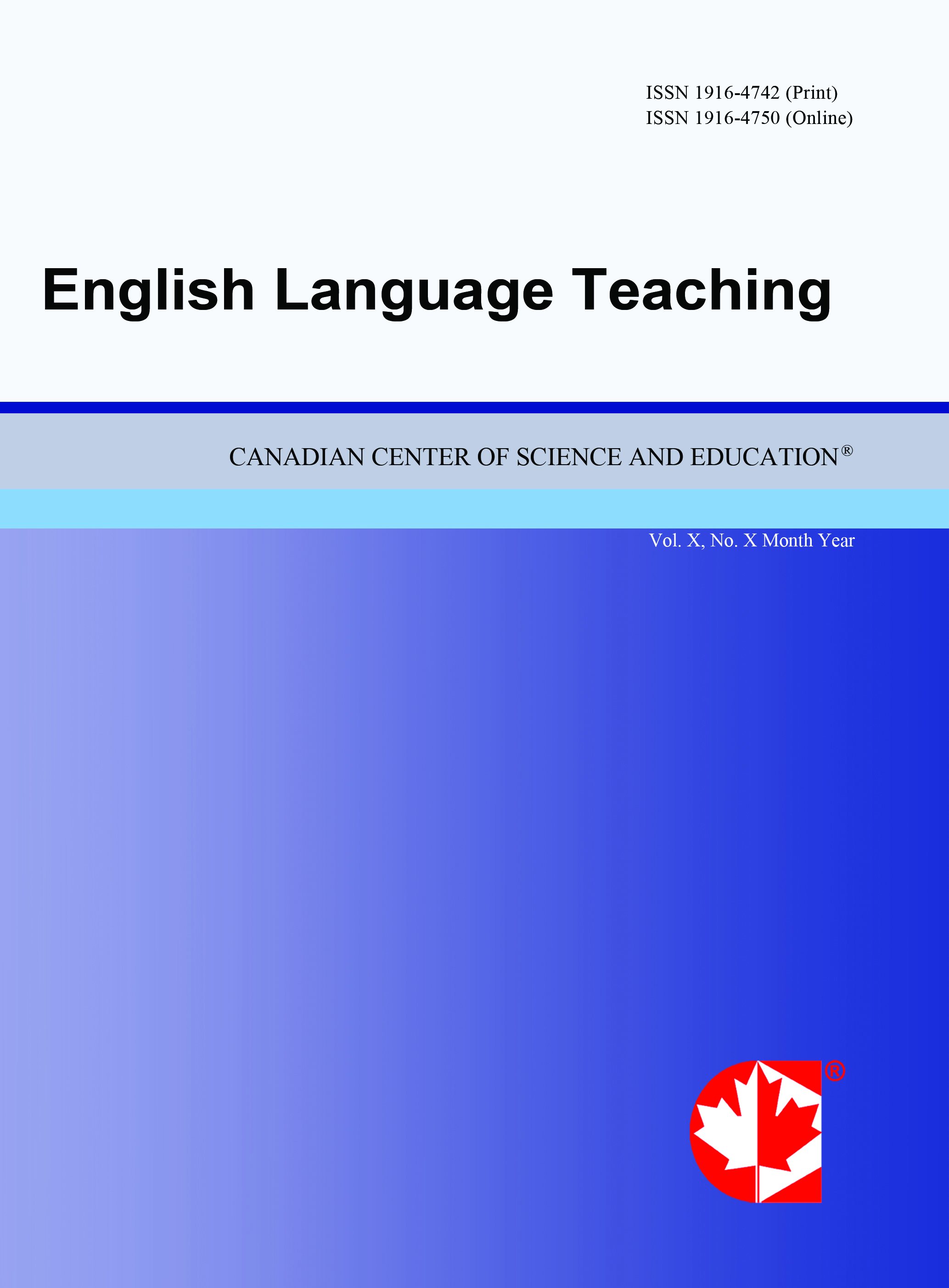Comparing Individual and Collaborative Translation in Google Docs: An Investigation of Thai EFL Undergraduates Translation Skills
- Nakhon Kitjaroonchai
- Tantip Kitjaroonchai
Abstract
Existing research has indicated the benefits of synchronous collaboration through Google Docs in enhancing language skills and productivity among learners. However, there remains a lack of knowledge concerning synchronous collaborative translation within the context of English as in Foreign Language (EFL) classrooms, particularly concerning its impact on the quality of students’ translations. This study aims to investigate the English translation skills of 20 English majors, aged between 18 and 23 years old, enrolled in the Faculty of Arts and Humanities at a private university in Thailand. The investigation compares individual translation with synchronous collaborative translation in small-groups, conducted under time constraints, utilizing three distinct tests. Additionally, the study examines the prevalent language errors made by individuals and small-groups during the translation process. The findings of the study reveal significant disparities between individual translation and collaborative translation in small- groups across all three test variations employed. Notably, the results suggest that engaging in collaborative work within small-groups leads to higher translation accuracy when compared to individual efforts. Regarding the identified errors, this study highlights word choice, mechanics, articles, prepositions, and ellipses as the most frequently occurring mistakes in both individual and small-group translations. This research briefly discussed the implications of the identified errors of collaborative translation in EFL classrooms.
- Full Text:
 PDF
PDF
- DOI:10.5539/elt.v16n8p54
Journal Metrics
1. Citations (February 2025): 97751
2. h-index (February 2025): 132
3. i10-index (February 2025): 1695
For details about the Journal Metrics, please visit the Google Scholar website.
Index
- Academic Journals Database
- CNKI Scholar
- Educational Research Abstracts
- Elektronische Zeitschriftenbibliothek (EZB)
- EuroPub Database
- Excellence in Research for Australia (ERA)
- GETIT@YALE (Yale University Library)
- Harvard Library E-Journals
- IBZ Online
- INDEX ISLAMICUS
- JournalSeek
- JournalTOCs
- LearnTechLib
- Linguistics Abstracts Online
- LOCKSS
- MIAR
- MLA International Bibliography
- NewJour
- Open J-Gate
- PKP Open Archives Harvester
- Publons
- ResearchGate
- ROAD
- SHERPA/RoMEO
- Standard Periodical Directory
- Technische Informationsbibliothek (TIB)
- The Keepers Registry
- Ulrich's
- Universe Digital Library
Contact
- Gavin YuEditorial Assistant
- elt@ccsenet.org
